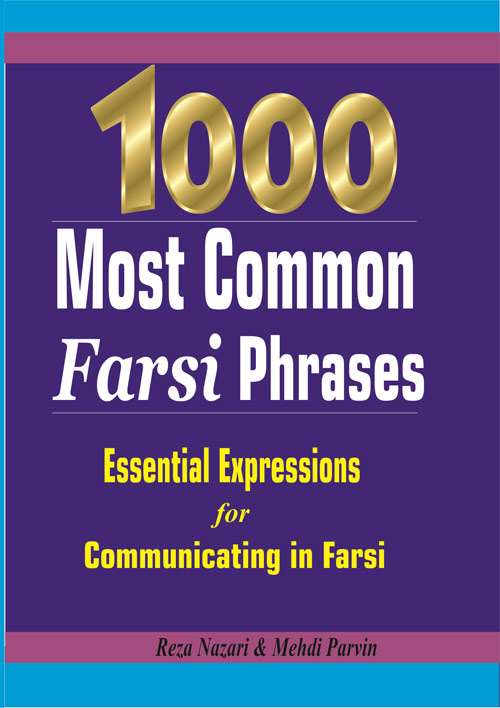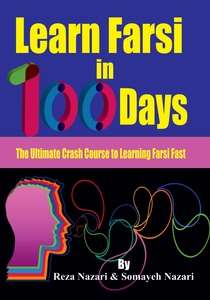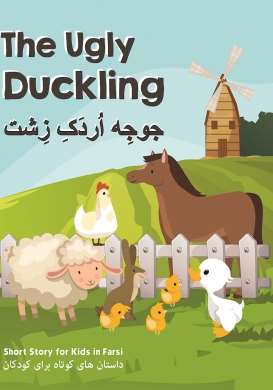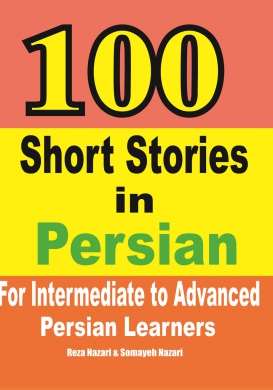
The Persian Language and Its Historical Significance
The Persian language, also known as Farsi, has ancient roots tracing back to the great empires of Persia. As one of the world’s oldest and most influential languages, Persian holds a distinct place in the annals of history, arts, and culture. Central to its beauty is the Persian alphabet, a script that both challenges and enchants learners from across the globe.
Best Farsi Learning Resource!
Understanding the Structure of the Persian Alphabet

The Persian alphabet is derived from the Arabic script but has undergone modifications to cater to the unique sounds present in Persian. It consists of 32 letters, each with its own distinct form and phonetic value.
Letter Forms
Persian letters change form based on their position within a word–initial, medial, final, or isolated. This dynamism ensures a fluid writing experience and contributes to the script’s aesthetic appeal.
Vowels and Consonants
Like many Semitic languages, the primary emphasis in the Persian script is on consonants. However, short vowel markers called ‘diacritics’ can be used to guide pronunciation.
Directionality
Written from right to left, the Persian script requires a shift in perspective for those accustomed to left-to-right languages. But this directionality is a fundamental feature of many ancient scripts, adding to its charm.
Delving Deeper: Common Letters and Sounds
To master the Persian alphabet, one must recognize the frequency and application of letters:
- ‘Alef’ (ا): The foundational letter of the Persian alphabet, representing the sound ‘a’ as in ‘apple.’
- ‘Be’ (ب): Often associated with the English ‘b’ sound, it resonates the pronunciation found in words like ‘book.’
- ‘Pe’ (پ): Unique to the Persian script and not found in Arabic, this letter represents the ‘p’ sound, akin to ‘paper.’
- ‘Te’ (ت): Similar to the ‘t’ sound in English, it can be compared to the pronunciation of ‘tea.’
- ‘Se’ (ث): This produces a sound close to ‘s’ but with a slight emphasis, resembling the ‘s’ in ‘sure.’
- ‘Jim’ (ج): Resonating with the ‘j’ sound, it’s analogous to English words like ‘jump’ or ‘jelly.’
- ‘Che’ (چ): Producing a sound similar to ‘ch’ in English, it’s reflective of words like ‘chocolate.’
- ‘He’ (ح): A unique guttural sound not present in English, it’s deeper than the common ‘h.’
- ‘Khe’ (خ): Another guttural sound, reminiscent of the German ‘Bach’ or the Spanish ‘j’ in ‘jalapeño.’
- ‘Dal’ (د): Reflecting the ‘d’ sound in English, it’s comparable to the pronunciation of ‘door.’
- ‘Zal’ (ذ): Producing a sound akin to ‘th’ in ‘that.’
- ‘Re’ (ر): Resembling the ‘r’ in ‘rose,’ it’s a rolled sound, common in many languages.
- ‘Ze’ (ز): Comparable to the ‘z’ in ‘zoo.’
- ‘Zhe’ (ژ): Resonates the sound of ‘s’ in ‘measure’ or the French ‘j.’
- ‘Sin’ (س): Representing the ‘s’ sound in ‘snake.’
- ‘Shin’ (ش): Reflective of the ‘sh’ in ‘sheep’ or ‘shadow.’
- ‘Sad’ (ص): A deeper ‘s’ sound, emphasizing the letter more forcefully.
- ‘Zad’ (ض): A more emphasized version of ‘z,’ it’s a deeper sound.
- ‘Ta’ (ط): A forceful ‘t’ sound, pronounced with emphasis.
- ‘Za’ (ظ): Similar to ‘Zal,’ but pronounced with more vigor.
- ‘Ain’ (ع): A unique sound in Persian, this is a guttural voiced sound, not present in English.
- ‘Ghain’ (غ): A guttural sound similar to the French ‘r’ in ‘rue’ or the Dutch ‘g.’
- ‘Fe’ (ف): Resonating with the ‘f’ sound, it’s comparable to ‘fish’ in English.
- ‘Qaf’ (ق): A deeper ‘k’ sound, almost guttural in nature.
- ‘Kaf’ (ک): Represents the ‘k’ sound, similar to ‘kite’ in English.
- ‘Gaf’ (گ): This letter produces a sound similar to the English ‘g’ as in ‘go.’
- ‘Lam’ (ل): Reflects the ‘l’ sound, as in ‘lamp’ or ‘lion.’
- ‘Mim’ (م): Mirroring the ‘m’ sound, it’s analogous to ‘moon’ or ‘man.’
- ‘Nun’ (ن): Resonating with the ‘n’ sound, it’s reminiscent of words like ‘night’ or ‘noun.’
- ‘Vav’ (و): Represents both the ‘v’ sound as in ‘vase’ and, at times, the ‘o’ or ‘u’ sounds based on its position and usage.
- ‘He’ (ه): Comparable to the ‘h’ in ‘hello.’
- ‘Ye’ (ی): Producing the sound of ‘y’ as in ‘yellow’ or occasionally representing the long ‘ee’ sound as in ‘seen.’
Understanding the nuances of these letters and their variants can accelerate the learning process and provide valuable insights into the Persian language’s evolution.
Online Farsi courses on YouTube:
- Top 1500 Persian Words: Essential Words for Communicating in Persian
- Top 100 Farsi Words: Most Common Farsi Words You Need to Know
- 3000 + Most Common Persian Phrases
- 200 Absolutely Essential Persian Verbs
Cultural Context: The Role of Persian Script in Arts and Literature

The Persian alphabet is not merely a means of communication; it’s an art form. Over the centuries, Persian calligraphy has emerged as a respected discipline, with artists showcasing their mastery over the script’s curves and nuances.
- Poetry: Celebrated poets like Rumi, Hafez, Saadi, Omar Khayyam, and Ferdowsi penned their thoughts in Persian, weaving magic with words. Their works, laden with philosophy and emotion, owe their rhythm to the script’s inherent musicality.
- Calligraphy: Persian calligraphy, which one type of it is ‘Nastaliq’, is renowned for its elegance and fluidity. With sweeping strokes and intricate details, it elevates script to an art form, capturing eyes and hearts alike.
- Architecture: Walk through ancient Persian cities, and you’ll witness the script etched on monuments, mosques, and palaces. Each inscription tells a tale, be it of love, valor, or faith.
Techniques and Tips for Learning the Persian Alphabet

Mastering the Persian script demands dedication, practice, and a keen ear for sounds. Here are some strategies to facilitate your journey:
- Start with Basics: Begin with common letters and sounds. Familiarize yourself with their shapes in different positions within a word.
- Practice Regularly: Regular writing practice ensures muscle memory development, reinforcing letter shapes and their correct sequence.
- Engage with Native Speakers: Interaction with native Persian speakers can fine-tune pronunciation and understanding of colloquial nuances.
- Explore Multimedia Resources: In the digital age, numerous online platforms offer tutorials, videos, and interactive exercises, making learning both fun and effective.
Conclusion: The Beauty and Legacy of the Persian Alphabet
The journey from script to speech in mastering the Persian alphabet is undeniably challenging but equally rewarding. It’s a voyage through history, arts, and human expression. The script, with its curves, sounds, and forms, serves as a bridge connecting learners to a rich and diverse cultural tapestry that has influenced civilizations for millennia.
Special Offers!
by: Learn Persian Online Team about (category: Blog)

















What people say about "From Script to Speech: Mastering the Persian Alphabet"?
No one replied yet.